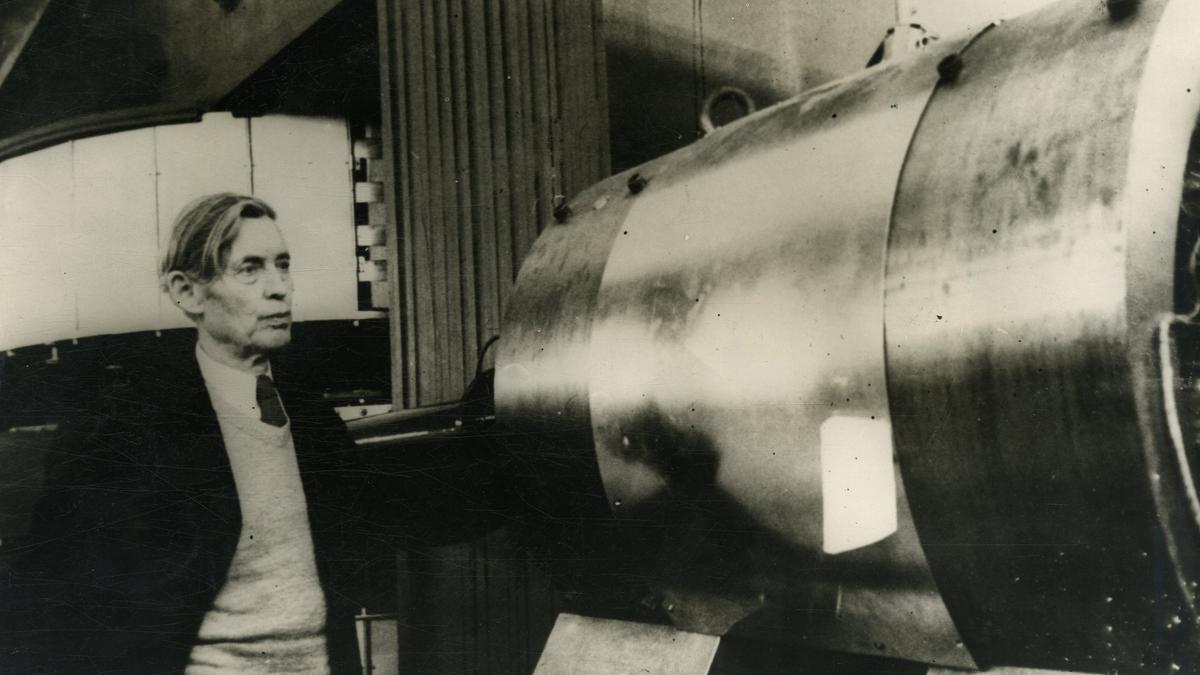[ad_1]

Smoke rises from a coal-powered steel plant at Hehal village near Ranchi. File
| Photo Credit: AP
Although coal-fired plants were to have installed FGD by 2018, only 8% of the plants have installed the equipment after the Environment Ministry extended deadlines. As of now, compliance has been pushed to 2027, 2028, and 2029, respectively, depending on the category of the thermal power plant.
Currently, 230 thermal power plants are in various stages of installing FGD, and 260 haven’t yet placed an order. It is estimated, according to the Central Electricity Authority, that FGD costs ₹1.2 crore per MW to install. India has an installed coal capacity of 218,000 MW, which is expected to rise to 283,000 GW by 2032.
The rationale underlying the NIAS analysis is that 92% of the coal used in Indian plants has low sulphur content (0.3%-0.5%). Norms mandated by the Central Pollution Control Board requiring that the stack heights (exhaust columns) in the thermal power plants be a minimum 220 metres, coupled with “Indian climatic conditions”, ensured that SO2 emissions did not threaten local air quality. A study by the Indian Institute of Technology (IIT)-Delhi in 2024, which the NIAS study references, found that ‘acid rain’, the most visible consequence of high SO2 emissions, “was not a significant issue” in India.
Moreover, installing FGD in all plants would increase power consumption as well as freshwater consumption in the plants, resulting in an additional 69 million tonnes of CO2 (2025-30), while reducing SO2 emissions by 17 million tonnes. The study argues for SO2 emissions, citing an Intergovernmental Panel on Climate Change assessment as having “masked” global warming by 0.5C from 2010-2019 relative to 1850-1900. “Therefore, adding more long-lived CO2 emissions while removing short-lived SO2 emissions by installing FGDs indiscriminately in all TPP in India despite the low sulphur content of Indian coal will enhance global warming,” the NIAS study underlines. The report was authored by R. Srikanth, A.V. Krishnan, and Dizna James, at the NIAS.
The study recommends that instead of SO2, efforts be made to address particulate matter (PM) pollution that result from these plants, particularly because of the high ash content of Indian coal. Installing electrostatic precipitators developed by Bharat Heavy Electricals Limited, a public sector company, would cost only ₹25 lakh per MW, compared to the ₹1.2 crore from FGD, and reduce PM pollution by 99%, the study claims. “Controlling PM emissions from TPP [thermal power plants] stacks at this level will make the maximum impact on air pollution from TPPs even without FGD,” the study underlined.
“The Environment Ministry’s policy on the FGD was a mistake, but there is now enough evidence to back it up. It is time that the policy is rolled back,” Dr. Srikanth told The Hindu.
The findings of the study were shared with the Office of the Principal Scientific Adviser in November 2024, Dr. Srikanth said. The Hindu reached out to the Office of the Principal Scientific Adviser for comment but did not hear back till the time of going to press.
Published – April 17, 2025 09:13 pm IST
[ad_2]
Source link





